Table of Contents
What is Mirabelle?
Mirabelle plum, which originates from a wild fruit in Anatolia, Turkey, is cultivated on Prunus trees. The fruit is tiny and oval in shape. When mature, they turn a vibrant scarlet or deep yellow. They taste deliciously sweet and sour at the same time. These plums, which can be either red or yellow, are used for making jams, preserves, and even wine when they aren't consumed fresh. The months of July, August, and September are prime harvesting times.
Mirabelle fruit description:
The fruit is typically small, round or oval, and has a thin skin that can be eaten. In unripe fruit, the flesh is crisp and sour, whereas in ripe fruit, it is juicy, soft, and sweet. A single bitter seed grows around a tough kernel or pit. The cherry plum is a close relative, and the appearance of the fruit reflects that. When ripe, Mirabelle plums exhibit a wide spectrum of colours, from green when unripe to yellow, orange, and even reddish purple.
Nutritional value of Mirabelle:
Beta-carotene is a powerful natural antioxidant that protects from free radicals and oxidative stress, and the golden-yellow types are particularly high in it. Harmful oxygen molecules called free radicals can damage cells and even cause cancer through mutations. Antioxidant flavonoids and pigments like zeaxanthin can be found in the fruit. Benefits of these naturally occurring chemicals include reducing LDL cholesterol and blood pressure.
Antioxidant pigments known as anthocyanins are found in red mirabelle cultivars and may provide protection against cancer and other chronic diseases. Anthocyanins help reduce inflammation by shielding cells from oxidative stress and free radicals. Consuming mirabelle plums or their juice has been linked to improved cardiovascular health, metabolism, and memory.
Taste of Mirabelle:
The flavour of a Mirabelle plum is light and airy, with hints of sweetness and tartness. It has a more delicate flavour than plum.
How should you select mirabelle?
It's about the size and weight of a small, round, yellow plum and has a similar appearance. The skin should be thin and the fruit should have little golden spots to indicate ripeness.
How to store mirabelle?
If you store Mirabelle plums in the crisper drawer of your refrigerator, they will last for up to five days.
How to cook mirabelle?
The mirabelle plum can be eaten raw and swallowed easily, or it can be prepared into a compote or pie. You can't go wrong with almonds and honey for dessert, but it pairs especially nicely with foie gras, fowl, fish, and seafood.
Health benefits of Mirabelle:
- Helps with bowel issues:
Mirabelle plum juice can help with constipation. This can be attributed in part to the plums' high fibre content. Plums are primarily insoluble fibre, which indicates that their fibre does not dissolve in liquid. By increasing stool volume, it helps keep you regular and may even hasten the rate at which waste is eliminated from the body. Sorbitol, a sugar alcohol with natural laxative properties, is also present in mirabelle plum juice.
- Mirabelle are loaded with healthy antioxidants:
Antioxidants like those found in Mirabelle plums can help you avoid inflammation and protect your cells from free radical damage. Antioxidants called polyphenols are abundant in these foods, and they have been shown to improve bone health, lower the risk of cardiovascular disease, and even control blood sugar levels.
- Reduces blood sugar levels:
Certain components of Mirabelle plums may aid with glycemic regulation. Despite having a decent amount of carbohydrates, these plums do not appear to raise blood sugar levels significantly after consumption. This is because of their ability to raise concentrations of adiponectin, a hormone that controls blood sugar levels. The fibre content of mirabelle plums may also contribute to their hypoglycemic properties. The digestion and absorption of carbohydrates are slowed by fibre, leading to a more steady increase in blood sugar rather than a sudden surge.
- Keeps bones healthy:
Mirabelle may be useful for promoting healthy bones. Studies have shown that prunes can stop bone loss in its tracks, and there's even a chance they can restore lost bone mass. Mirabelle plums have been shown to improve bone health, however the exact mechanism by which this occurs is unknown. Nonetheless, their anti-inflammatory properties and antioxidant levels are speculated to play a role.
- Boosts Heart Health:
Regular consumption of Mirabelle plums may have a beneficial effect on cardiovascular fitness. The high levels of fibre, potassium, and antioxidants in Mirabelle plums are likely responsible for their beneficial impact on heart disease risk factors.

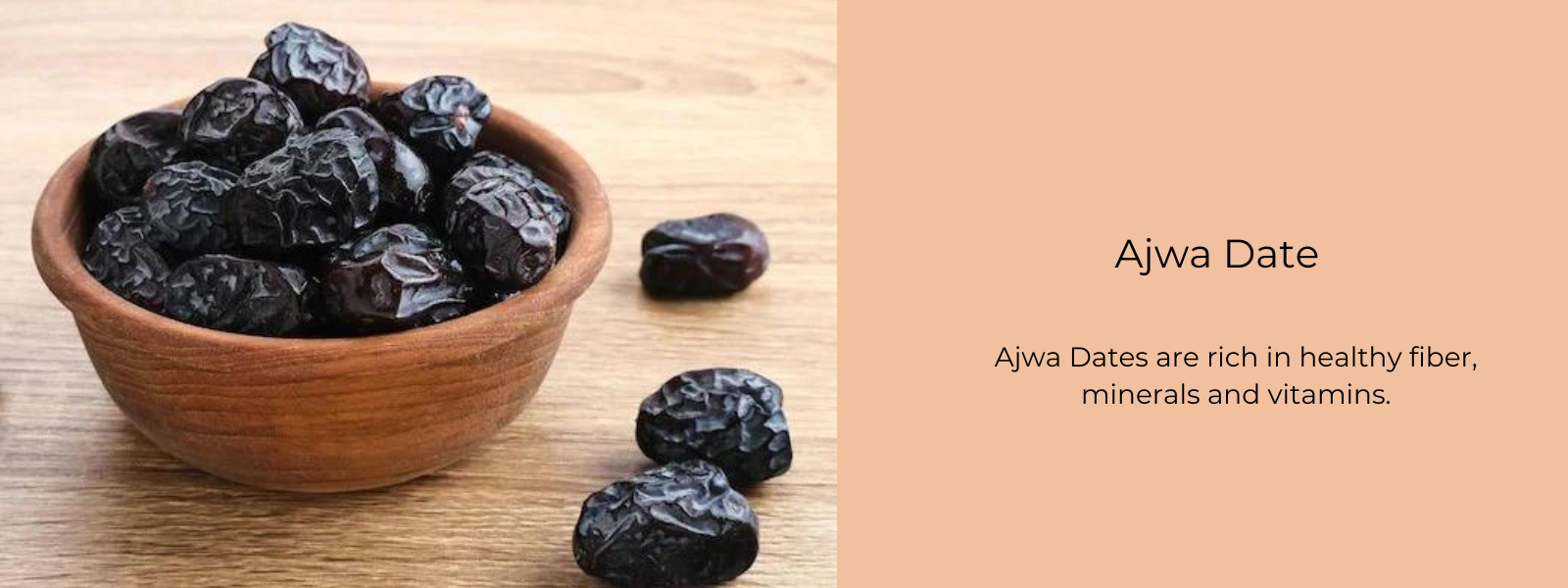
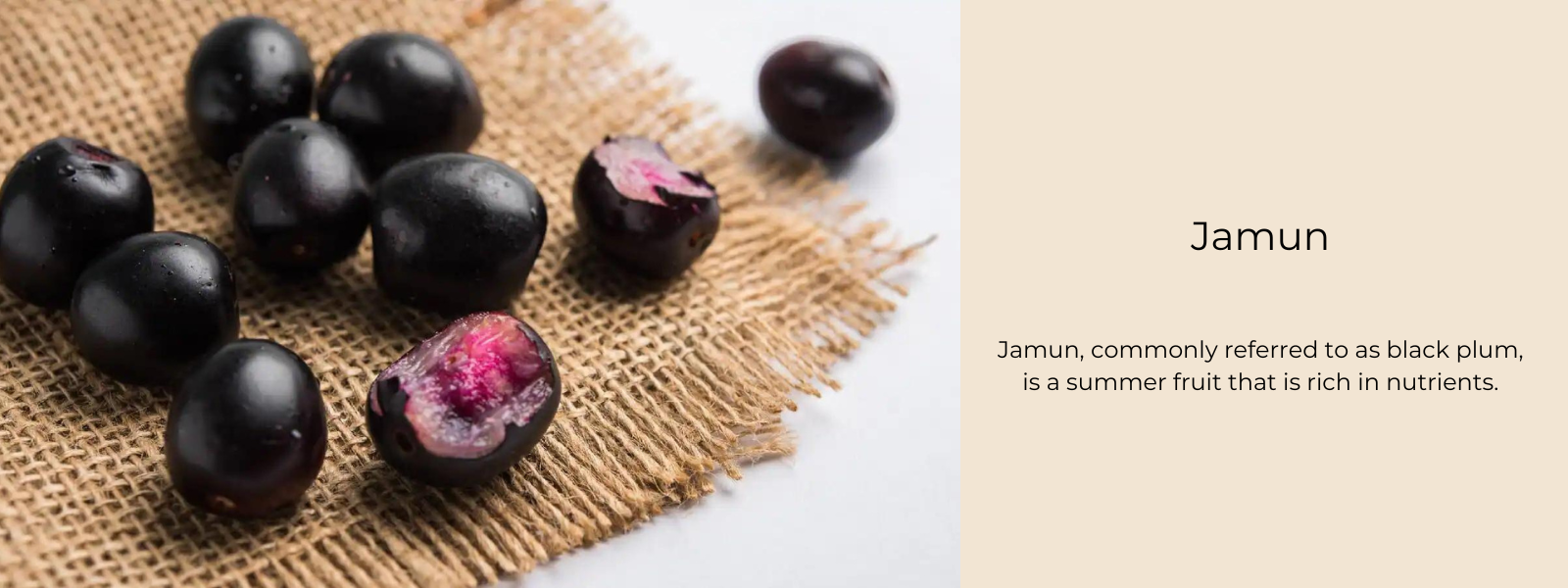
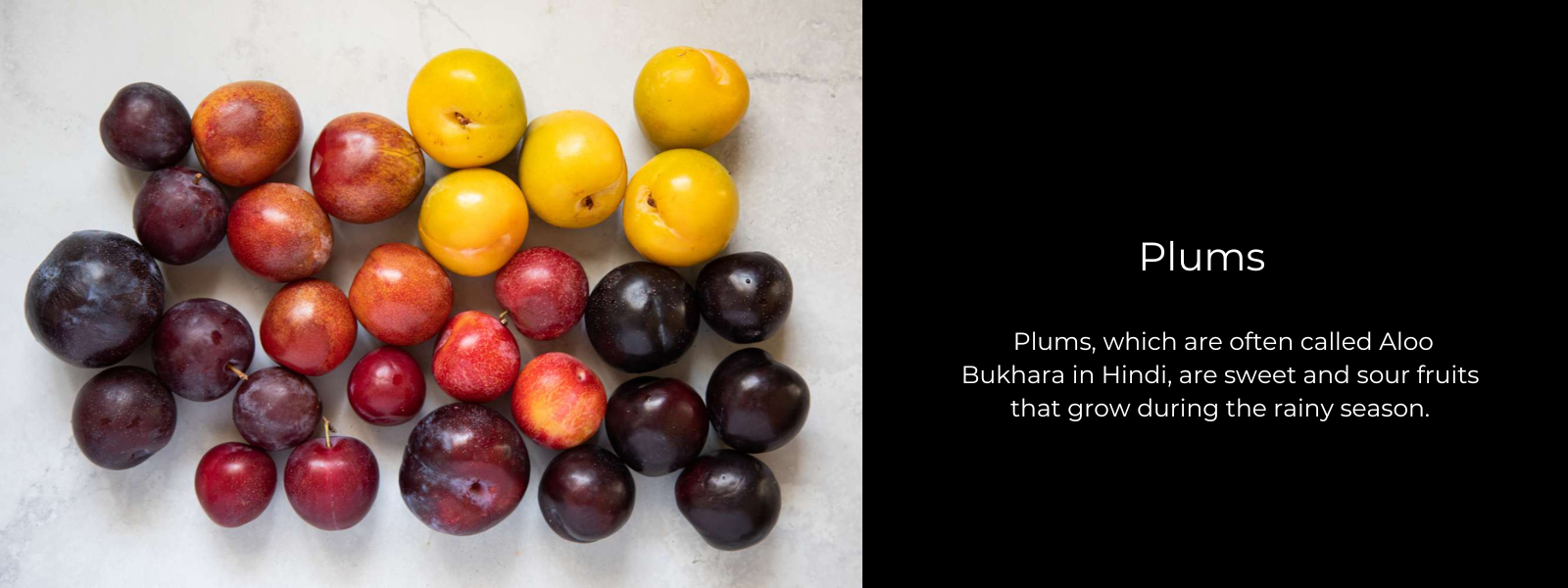
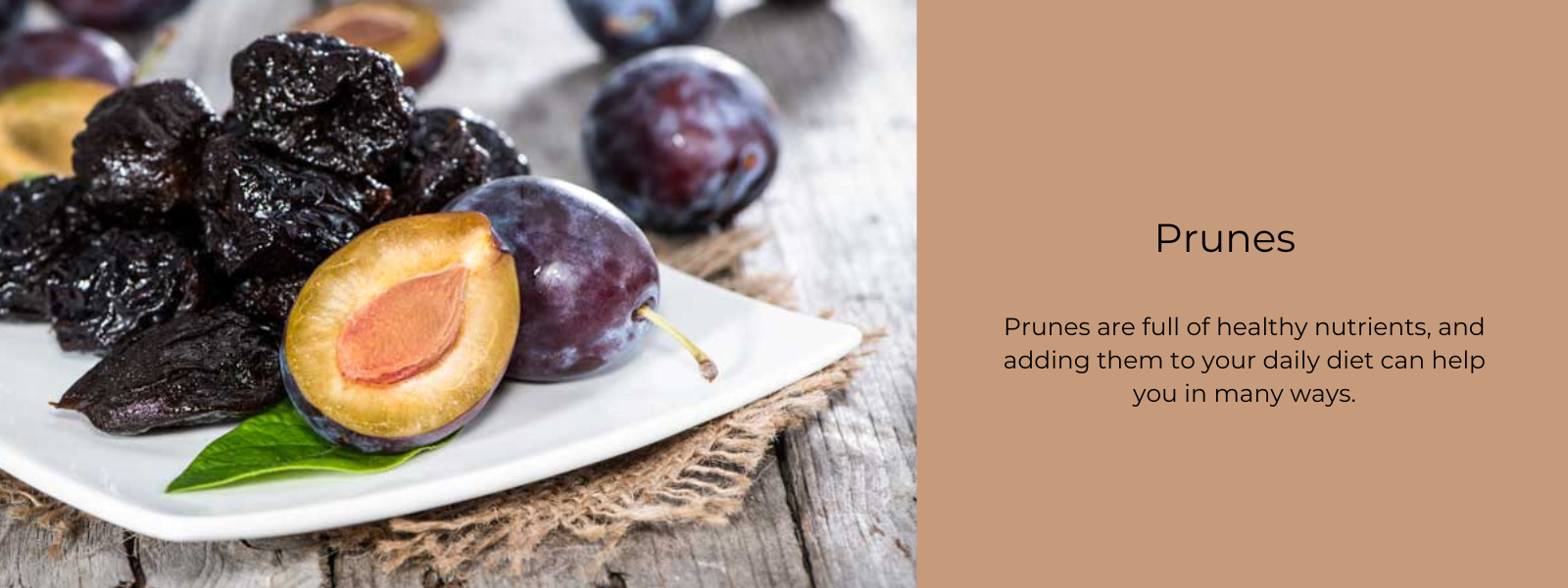

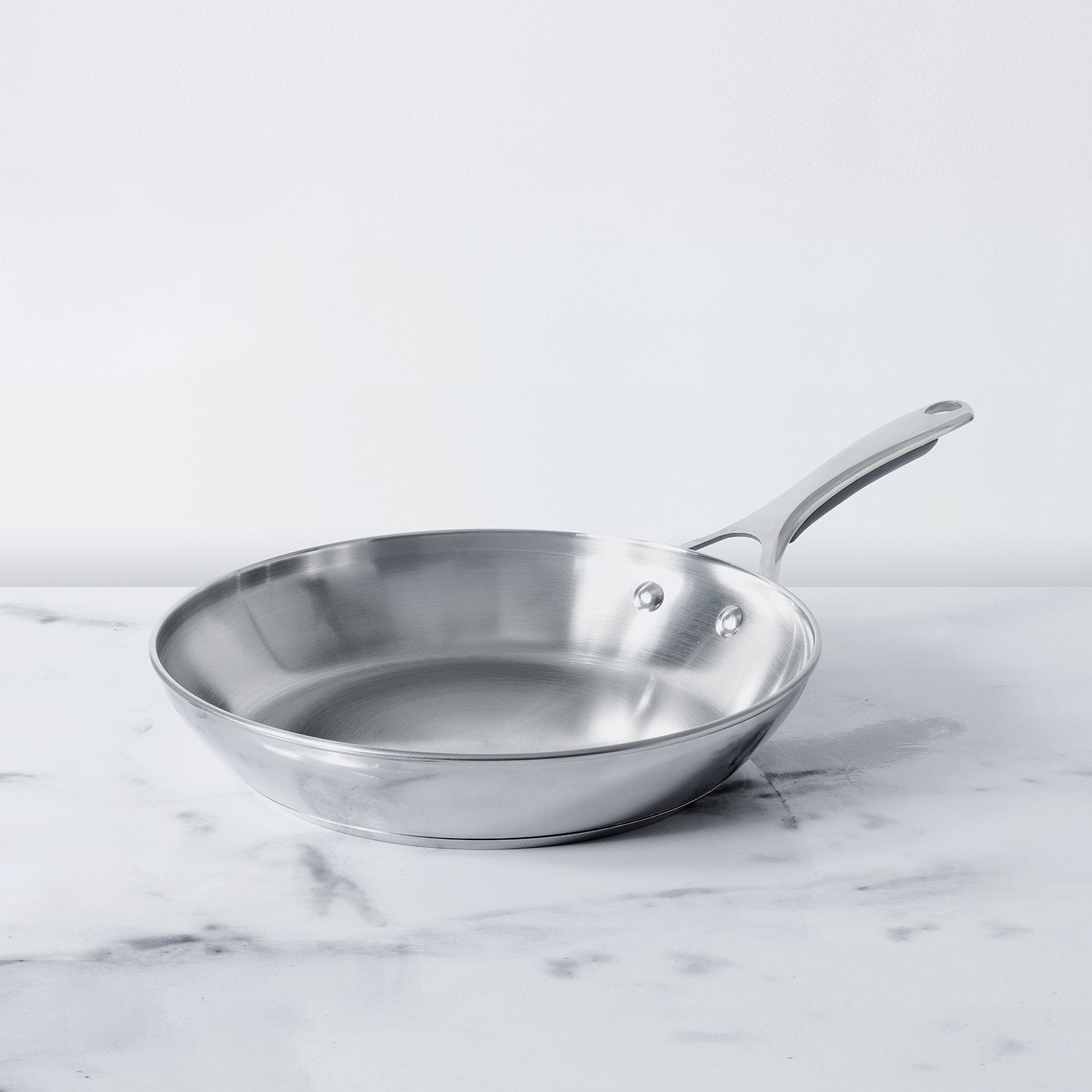




Leave a comment